Musings on Tubal Cain
When I first began to write The Craft of Tubal Cain, I was focused on the cultural excitement of Britain in the 1960’s, and the revival of magic and witchcraft which was part of its colorful, burgeoning counter-culture. But as the book began to grow, I became aware of other, deeper aspects to the story—aspects which carried with them a universal significance.
Does the spiritual outlook of a culture change in accordance with the events and concerns in that culture? I believe that it does. Spirituality—and here I am speaking in the most general way possible—is an indescribably vast phenomenon, and we should not be surprised that it takes on different themes and practices in response to the events—both inner and outer—which are taking place in a given culture. Buddhism, for example, began as a very precise set of techniques for achieving enlightenment, but later, under different cultural stimuli, became a religion of salvation. The gods of the Rig Veda gave way to deities which had been worshiped in India thousands of years earlier.
What we now describe as Traditional Witchcraft—and especially the ideas of Robert Cochrane, founder of the Clan of Tubal Cain—arose during the epoch of peace marches, love-ins, flower children, and the Beatles. This can be clearly seen in the magical practice which came to dominate the era. Gerald Gardner’s Wicca, which emphasized dancing, love of nature, worship of the Goddess, and a generally positive outlook on life: Do as thou wilt, an it harm none.
Robert Cochrane’s world view is somewhat darker: Don’t do what thou wilt, do what thou must. At present, we live in a world which has a much darker appearance than the idealism of the 1960’s. Things often appear to be falling apart all around us, and evil sometimes seems to raise its head everywhere. It seems natural, then, that Cochrane’s world view is currently undergoing a renaissance. Sometimes, in this day and age, duty seems more important than desire.
And yet Cochrane’s way of stating his premises is more than just a societal response. It has a universal relevance, and this was yet another important aspect of the topic that I discovered while writing the book. Cochrane was a master of mythology. He blends and mixes mythic ideas like a chef mixing the spices of many different cultures to create a single dish. While Cochrane relied primarily upon his Northern heritage, especially that of Pagan Britain, he also introduces us to mystical interpretations of ancient Celtic poetry, runes, Orphic creation myths, Biblical mythology, and the universal quest for mystical knowledge which he described as Gnosticism. He even asserted that it was entirely possible to be a Christian and a Witch at the same time. And in an era where cultures blend and interact with each other virtually everywhere, Cochrane’s ability to re-envision a number of different mythologies is an important factor in his work.
Cochrane is not always easy to understand. During the creation of this book, I was fortunate to have the assistance and guidance of Shani Oates, Cochrane’s present inheritor. That does not mean that I claim to have the one true interpretation of Cochrane’s ideas. I make no such claim. I simply give my thanks to a helpful and delightful collaborator in this endeavor to create a broadly popular introduction to Cochrane’s thought.
As I have mentioned earlier, there is a universalism in Cochrane’s work which is deeply profound, and truly mystical in the highest sense of the word. I am referring here primarily to his series of four rituals, their themes interwoven, which he described as “the Priestly Mysteries.” Such ceremonies as The Rite of the Cave and Cauldron, The Rose Beyond the Grave, The Stone Stile, and The Castle of the Four Winds encompass themes that are nothing less than an exploration of the eternal drama of Death and Rebirth, with honor given to a rose lying in a grave and a journey to a mystical castle which symbolizes the Otherworlds which we, in fact, create for ourselves.
As the concepts embodied in Cochrane’s Traditional Witchcraft become more and more commonly known in this time of dark shadows when we must do what we must rather than what we desire, some of the themes, and perhaps some of the rituals, will undergo change. And this too is as it should be. When Evan John Jones, Cochrane’s immediate successor, was asked what would sadden him if he returned some fifty years after death and looked in upon the ways of Traditional Witchcraft at that time, he replied that he would be saddened to find that nothing had changed.
For change itself is part of the magic. We will shape and reshape these concepts which came to birth in the tumultuous 1960s and are now gaining power in the 2020s, some 60 years later. For those who come to this book without any prior knowledge of Cochrane’s tradition, I would particularly urge such readers to give attention to Cochrane’s fourfold vision of the cosmos (Chapter 3), his interpretation of the mythic Biblical figure of Tubal Cain (Chapter 4), and the rituals collectively known as the Priestly Mysteries (Chapter 9).
Everyone will, of course, find their own wisdom and their own magic in these concepts and ideas, these rituals and ceremonies. And that too is as it should be. For it was never Cochrane’s intention to transform himself into an iconic cult figure, but rather to set people of every condition on their own road to Gnosis, the eternal wisdom.
